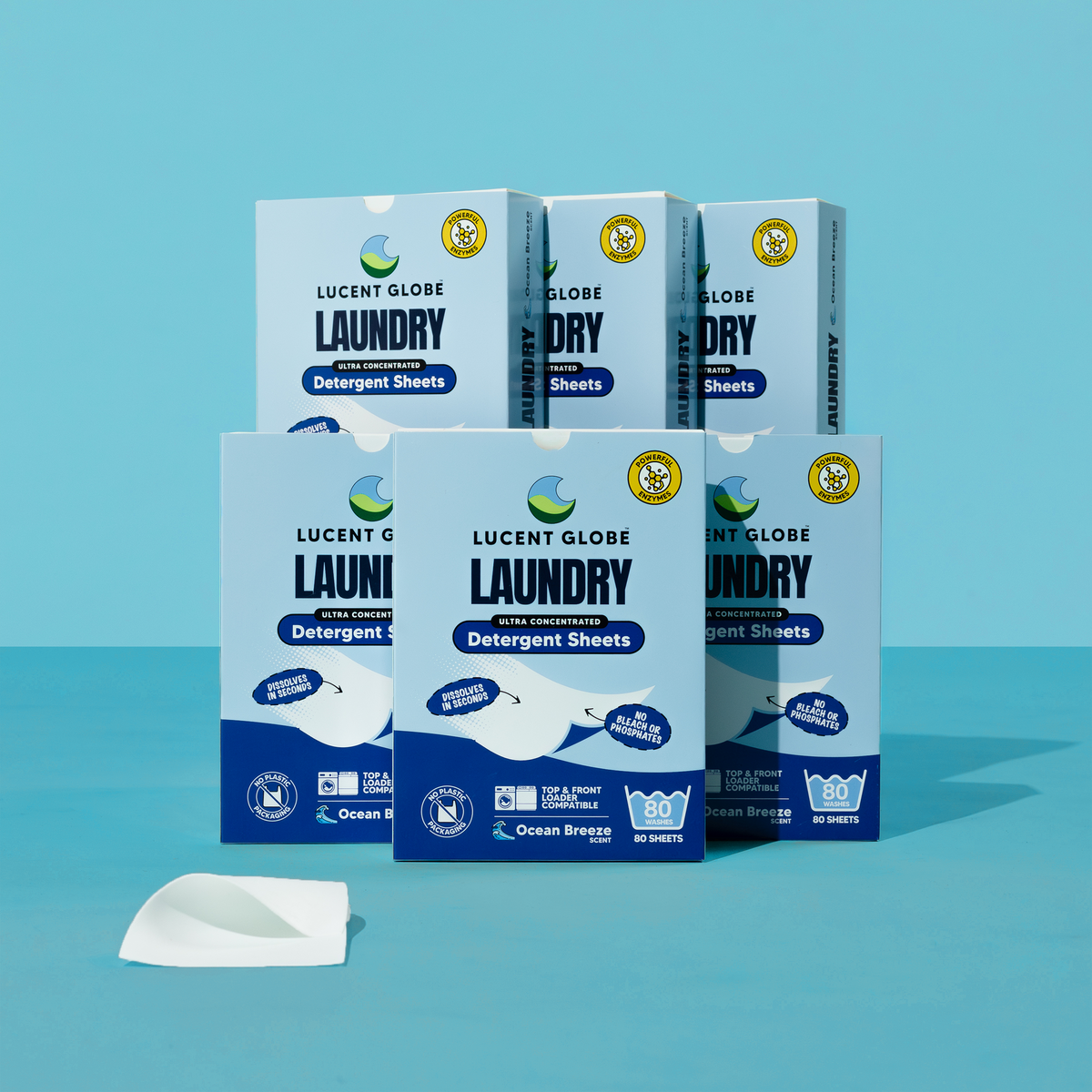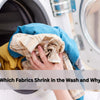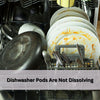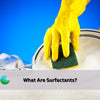From Spills to Spotless: Milk Stain Removal
- by Brodie Cook

Milk spills happen to everyone, but they don't have to ruin your clothes forever. Whether it's a splash during breakfast or a baby's mealtime mishap, milk stains can be tricky to remove. But don't worry! With the right know-how, you can say goodbye to those pesky white marks and yellow spots.
In this guide, we'll walk you through simple, effective ways to tackle milk stains on your clothes. From quick actions right after a spill to dealing with old, set-in stains, we've got you covered. Get ready to learn how to keep your clothes looking fresh and clean, no matter what milk throws your way!
What Makes Milk Stains Hard to Remove
Milk stains can be really tough to get out of clothes. This is because milk has proteins and fats that stick to fabric fibres. When milk dries, it can turn yellow and leave a mark that's hard to remove. Even worse, milk stains that seem small at first can get darker over time, especially if they're left in the laundry basket.
That's why it's so important to act fast when you spill milk. The sooner you start cleaning the stain, the easier it will be to remove. If you wait too long, the milk can set into the fabric, making it much harder to get out. So, if you spill milk on your clothes, try to treat it right away. This quick action can save you a lot of trouble later and help keep your clothes looking clean and fresh.
Immediate Steps to Remove Milk Stains

Here's what to do right after a milk spill:
- Blot, don't rub: Use a clean cloth or paper towel to gently blot the milk. Pressing down lightly helps soak up the milk. Don't rub the stain, as this can push the milk deeper into the fabric.
- Rinse with cold water: Hold the stained area under cold running water. This helps wash away some of the milk before it sets in.
- Soak in cold water: Fill a sink or bowl with cold water. Put the stained item in and let it soak for 5 to 10 minutes. This helps loosen the milk from the fabric.
- Don't use detergent yet: At this stage, just use plain cold water. Adding detergent comes later in the cleaning process.
Acting as soon as possible with these steps can make a big difference in how well you can remove the milk stain!
Natural Stain Removal Methods
Tough on Stains, Kind on Fabrics
Lucent Globe Laundry Detergent Sheets help lift milk stains fast with natural enzymes and no harsh chemicals. Gentle on clothes, powerful on stains, and perfect for every wash.
Shop Laundry Detergent SheetsIf the quick steps didn't fully remove the milk stain, don't worry! There are some natural methods you can try next. These are safe for most fabrics and use things you might already have at home. Here are some instructions on what to do:
-
laundry detergent sheets:
- Dissolve a detergent sheet in a small amount of cold water to make a paste
- Gently rub the paste into the stain
- Let it sit for 10-15 minutes before washing
-
Lemon juice treatment:
- Squeeze fresh lemon juice onto the stain
- Gently rub it in with your fingers or a soft cloth
- Leave it for 5-10 minutes
- Rinse with cold water
-
Vinegar solution:
- Mix equal parts white vinegar and water
- Apply the mixture to the stain with a spray bottle or cloth
- Let it sit for a few minutes
- Blot the stain with a clean, damp cloth
- Rinse with cold water
-
Baking soda paste:
- Mix baking soda with a little water to make a paste
- Spread it on the stain
- Let it dry completely
- Brush off the dried paste
- Wash as usual
Remember to test these methods on a small, hidden area of the fabric first to make sure they won't cause any damage or discolouration.
Washing and Drying Your Clothes

After treating the milk stain, it's time to wash the garment. Here's how to do it right:
First, wash the item in cold water. Use the setting on your washing machine that matches what the clothing tag says. Add your detergent sheet, but don't use hot water – it might set the stain.
Before you dry the clothes, take a good look at where the stain is. Most of the time at this stage the milk stain should be gone. If you still see it, don't put the item in the dryer. Heat can set the stain, making it harder to remove. Instead, try treating and washing it again.
If you're not sure the stain is completely out, air-drying is your best bet. This way, you can check again when it's dry and retreat if needed, without risking setting the stain permanently.
Special Considerations
Sometimes, you might face trickier milk stains. Let's look at two special cases:
Breastmilk stains can be extra stubborn. They often have more fat and protein than regular milk. To tackle these, try this eco-friendly method: Mix equal parts water and white vinegar. Dab this on the stain, then rinse with cold water. Follow up with a paste made from baking soda and water. Let it sit for an hour, then wash as usual.
Dried or set-in stains are tough too. If you find an old milk stain, don't panic. Soak the item in cold water mixed with a half a laundry detergent for a few hours.
For both types of stains, sunlight can be a great help. After treating and washing, hang the item to dry in direct sunlight. The sun's rays can naturally bleach and freshen the fabric.
Remember, patience is key with these tougher stains. You might need to repeat the process a few times, but don't give up! With some effort, you can often save your clothes without using harsh chemicals.
FAQs About Milk Stains
How to get rid of milk stains from clothes?
To get rid of milk stains from clothes, apply a dissolved detergent sheet directly to the stain. Rub the sheet gently into the fabric, then let it sit for a few minutes. Rinse with cold water and wash the garment as usual with Lucent Globe's detergent sheets.
What is the most effective method to clean milk stains?
The most effective method to clean milk stains is to use a mixture of white vinegar and water. Apply this solution to the stain and blot with a clean cloth. Follow up by washing the garment with Lucent Globe's detergent sheets to ensure the stain is fully removed and the fabric is cared for gently.
Can I use a spray cleaner on upholstery to remove milk stains?
Instead of a spray try blotting with a clean cloth, and then wipe with a damp cloth to remove any residue. For a deeper clean, consider using Lucent Globe's detergent sheets dissolved in water as a gentle cleaning solution.
How can enzymes help eliminate milk stains?
Enzymes can help break down the proteins in milk stains, making them easier to remove. Lucent Globe's detergent sheets contain natural enzymes that help effectively dissolve milk stains without harming the environment.

 Dishwashing
Dishwashing Laundry
Laundry Bundles
Bundles Surfaces
Surfaces Toilet
Toilet Handsoap
Handsoap Multi-Purpose
Multi-Purpose Floor
Floor




